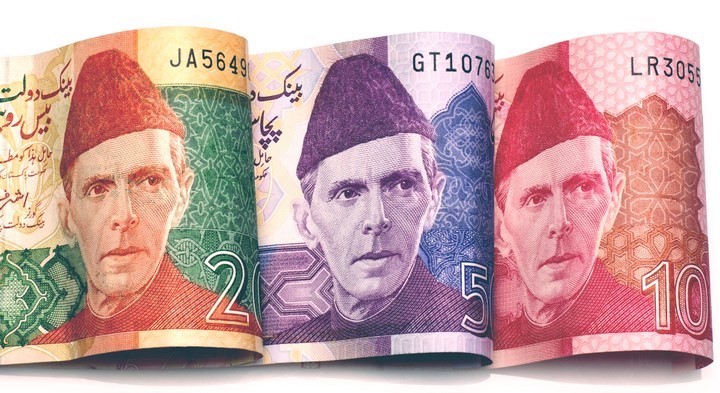Transition Towards Flexible Exchange Rate Regime
Muhammad Hassan Farid
Pakistan is seeking another bailout package from IMF. Reportedly, adoption of floating exchange rate of Pak rupee (“managed floating”) is one of the suggested remedy by the Mission for us to overcome lingering financial crisis.
Neighboring countries like India, Bangladesh, Sri Lanka, Afghanistan and Myanmar are already practicing managed floating exchange rate system.
Accordingly, Pakistan policy makers are confronted with a big question: whether to retreat to market determined currency rate immediately or to delay it till the macro-economic stability is achieved.
The past experiences of countries like Mexico (1994), South East Asian countries (Thailand, Indonesia and South Korea) in 1997 and Argentina (2001-02) which switched their exchange rate system towards flexibility in the midst of financial crisis were not pleasant in initial years.
Mexico GDP growth rate shrank by 6%; the inflation was sky-rocketing, and it faced worst unemployment. Argentina,due to more than 20 % depreciation, defaulted on its external debt. In Brazil, recession deepened.Thailand GDP fell by 11 %.
Indonesia currency lost 85% ofits value. Most of the companies turned insolvent and the country faced massive unemployment,ethnic violence and worst inflation of its history. South Korea’sreal GDP fell by 6% and unemployment doubled during this adoption.

On the other hand, in March 1993, when India adopted managed floating exchange rate system,the country was not facing economic or financial crises. This flexibility did not deteriorate any of the economic indicators. So was the case with Bangladesh in 2003 and the transition was smooth and without any market disturbance as the economic conditions were relatively stable.
The clear lesson is that countries should first successfully control inflation, recover from balance of payment crises and, thereafter, to adopt greater flexibility in determination of currency values.
For Pakistan,the right time was in 2016 at the end of IMF program Pakistan had achieved macro-economic stability. However, the then government of PML-N defended the currency value against US$. Consequently, Pak rupee appreciated in real term against trading partners currency values.
This overvalued exchange rate did not give boost to export competitiveness which resulted into current account deficit and present macro-economic situation.
It is therefore opined that to adopt flexibility in currency rates amidst crisis will not give any immediate desired results. Rather, the speculators will pounce on the exchange rate value and push the rupee rate further down. Prices will shoot up.
Country will witness declining GDP, and inflating fiscal deficit due to high borrowing cost. And opposition protests may further aggravate precarious law and order situation. Policy makers should exercise restraint in taking up this remedy from the Mission at this stage.
Focus should be to look for measures which could help to reduce inflation and interest rates and stabilize other macro-economic. (continued……)
–The article writer is a freelance contributor. He can be contacted at [email protected]

